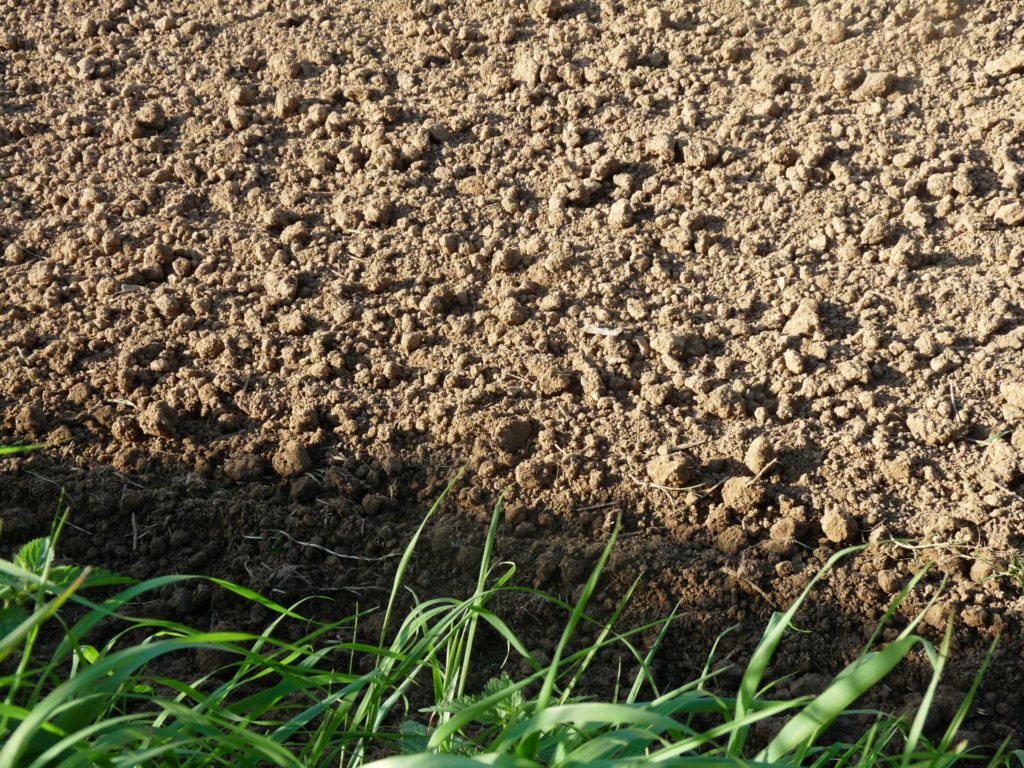Now that our summer crops have well and truly finished and successive plantings of cool season veggies are underway, it’s a good time to consider how to rejuvenate those “tired” beds that gave us so much delicious produce over the warmer months.
Rotating crops through our beds is a sensible practice and will benefit the growth of each subsequent crop while looking after the soil, but if you can afford the space it is good idea to reinvigourate the bed(s) that have been exhausted the most. To continue to grow in nutrient depleted beds will only lead to smaller less healthy and less nutrient dense crops.
There are a number of ways we can reintroduce nutrients into our beds. Firstly, we can add our composts, manures or organic fertilisers to the soil in layers or lightly turned in and reapply mulches. If space is limited then these beds can be replanted with the subsequent seasons crops. However, if there is already enough room for a cool season crop and you can afford to “rest” a bed or two, growing a green manure or cover crop will not only revitalise the soil but it will also give the entire soil ecosystem time to reenergise.
Green manure and cover crops can be sourced from any of our wonderful Australian on-line seed companies. Be sure to select seeds that are specific to your growing zone and climate. For Melbourne and the Mornington Peninsula you can use blends that include the common crops such as mustards, peas, oats, vetch, fenugreek and clovers. Most of the seed companies will have blends for specific purposes. For example the mustards (and marigolds) have bio-fumigation properties that will help clean the soil supressing certain pest and disease populations while the legumous crops will help add nitrogen to the soil. All crops once turned in will also be adding valuable organic matter to the soil.
Other useful additions to your soil that you may want to look into include rock dusts, mychorrizal powders and liquids, beneficial bacteria products and of course the organic fertilisers with fish and seaweed as their bases. Although there is much benefit from a range of products, it is always preferable to be able to achieve our desired levels of soil nutrition while relying as little as possible on bringing in manufactured products.
And what to do with the vegetable waste coming out of the garden? Well most things can go into the bulk compost. Some old plants may be getting a bit fungal (zucchini, pumpkin, tomatoes, etc.) so perhaps these can be disposed of, unless you are confident in your hot composting methods. Once you have your composting practices nailed you will be completing the circle of life in your edible garden.


Leave a Reply